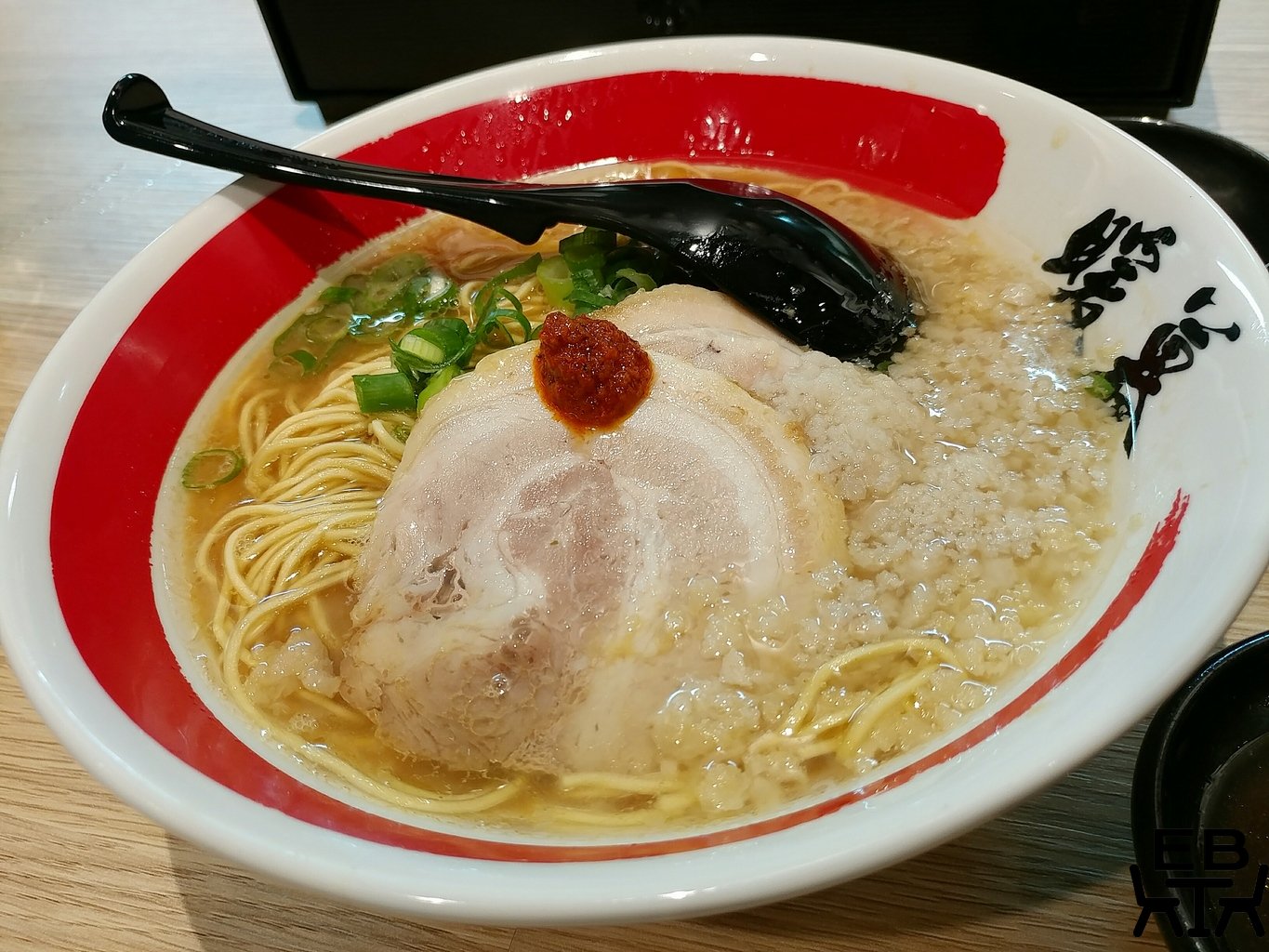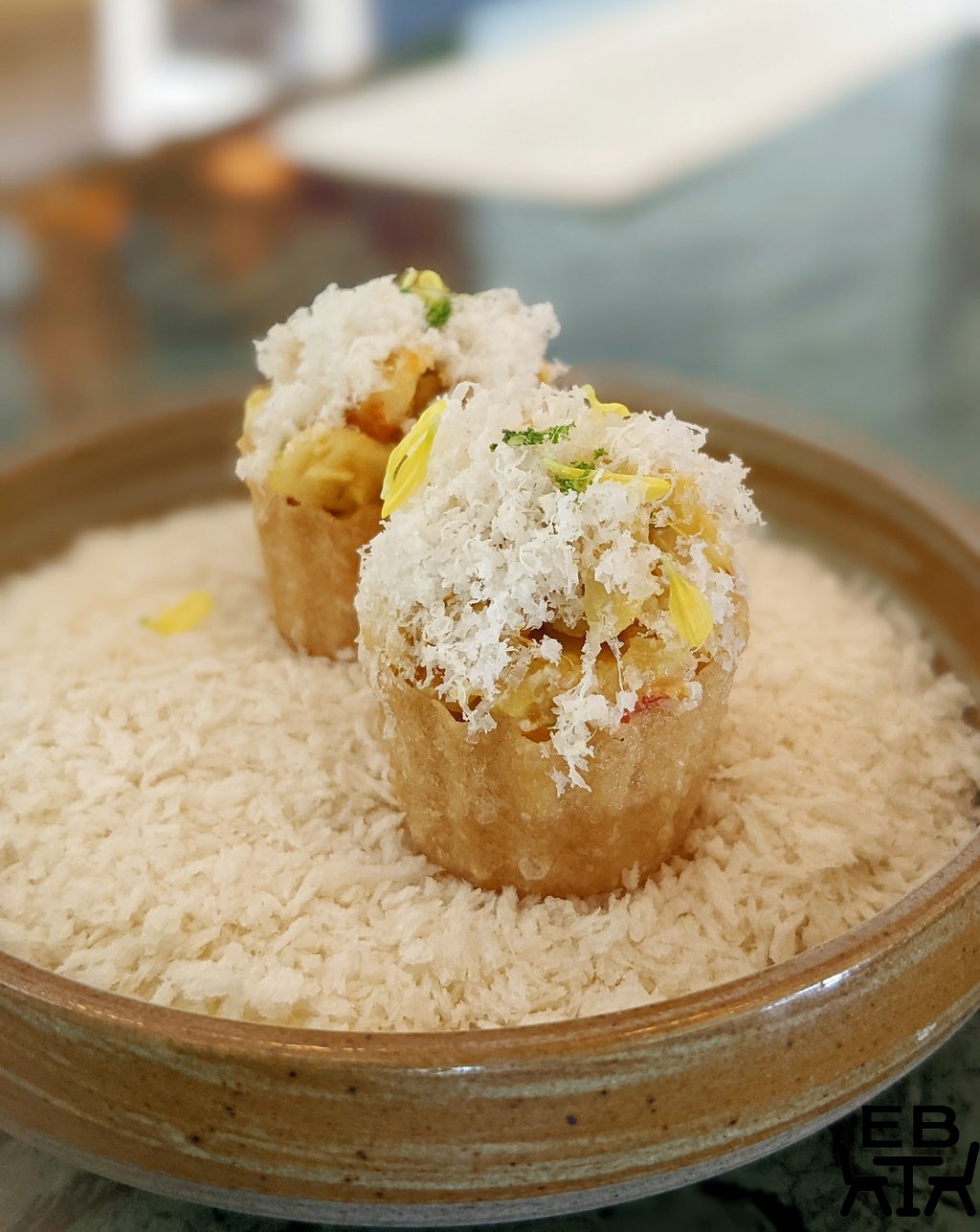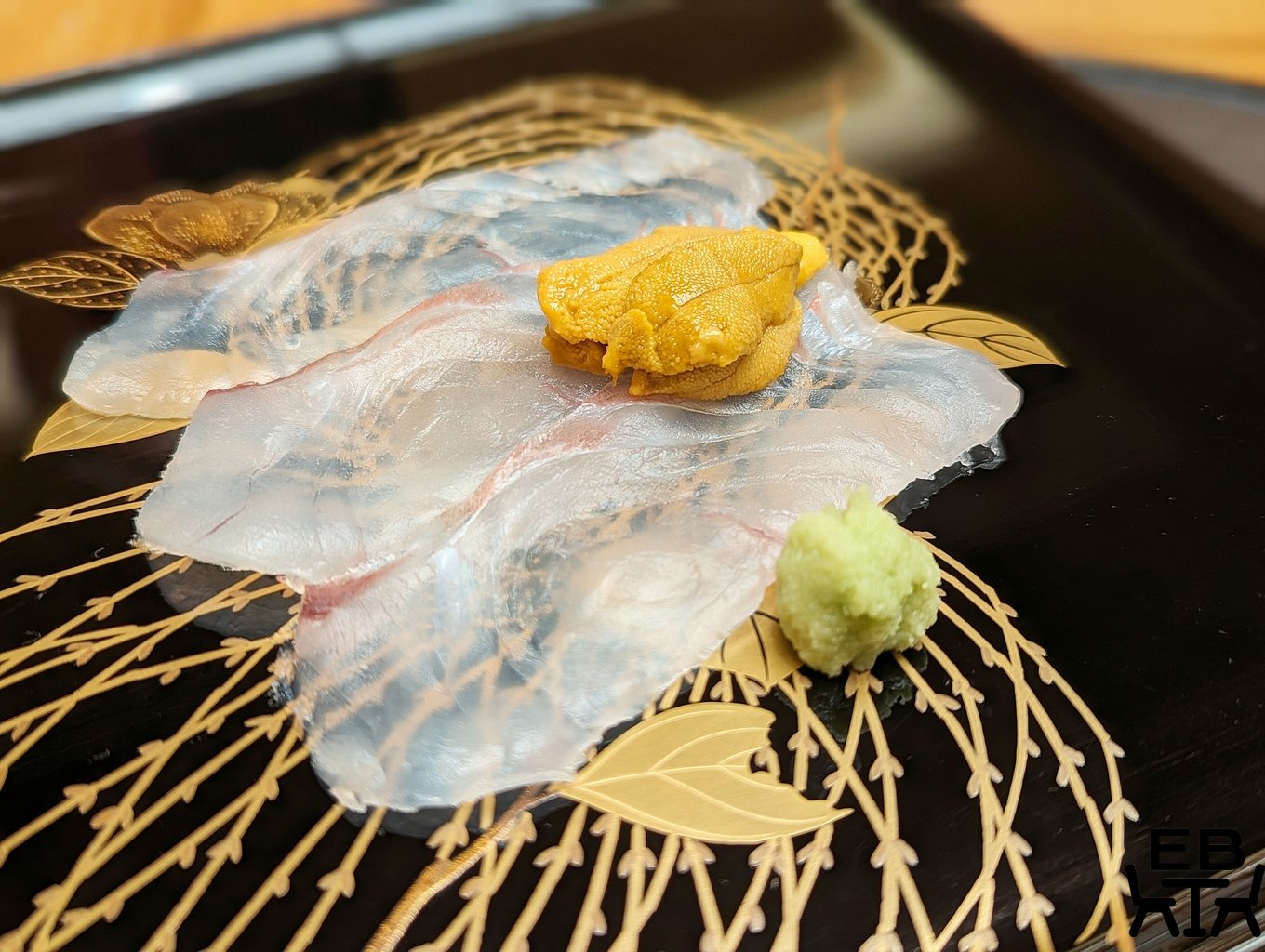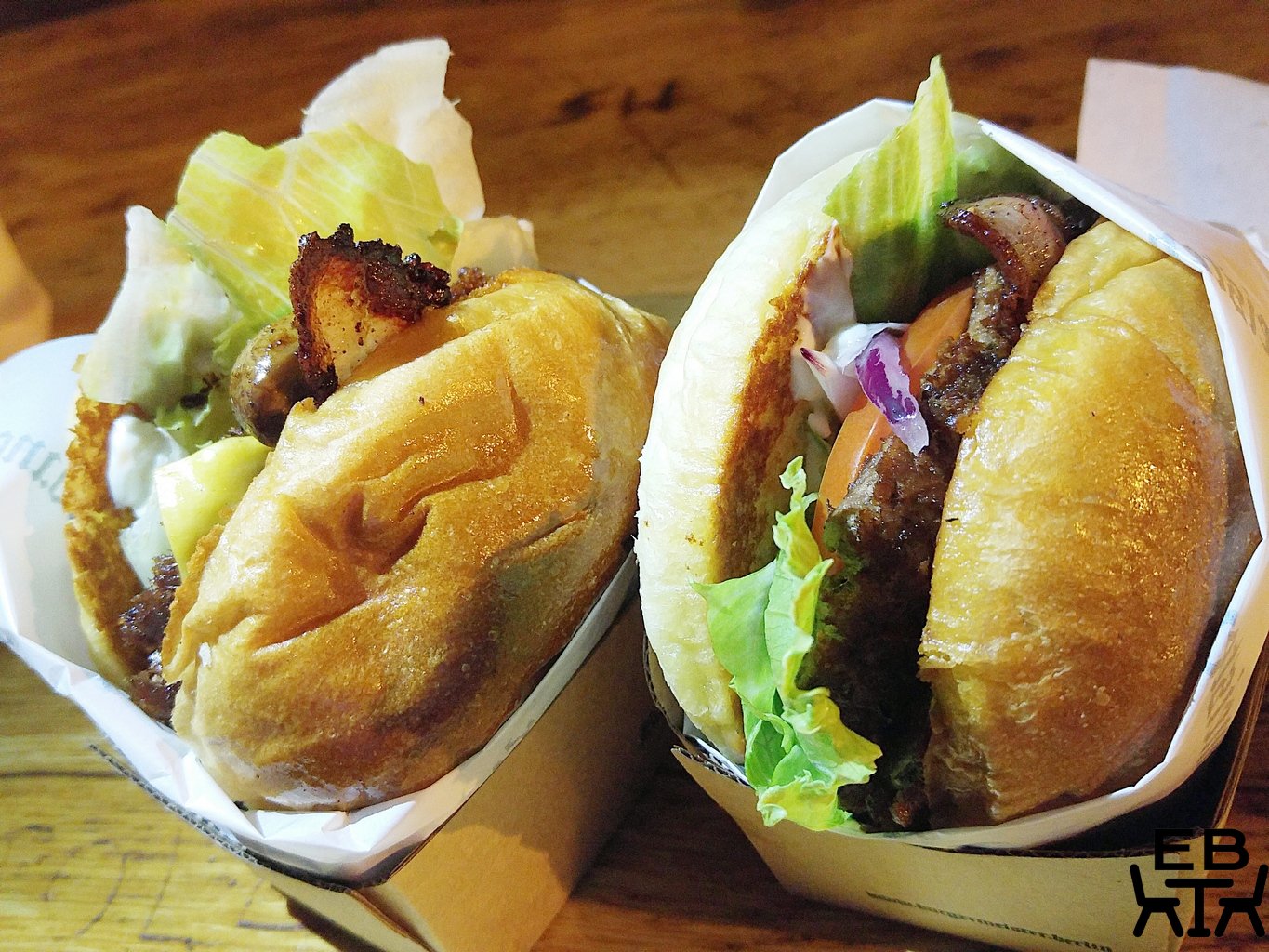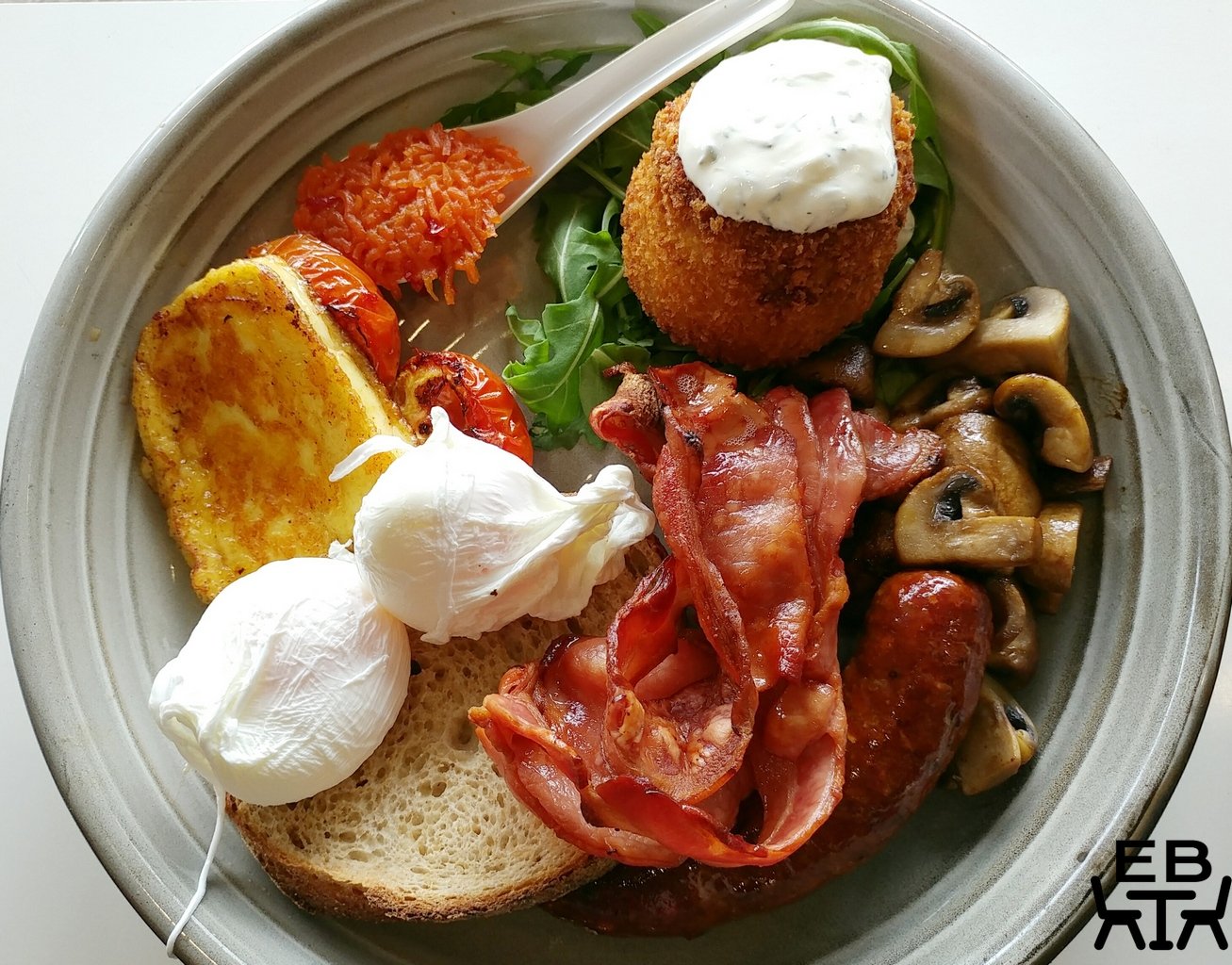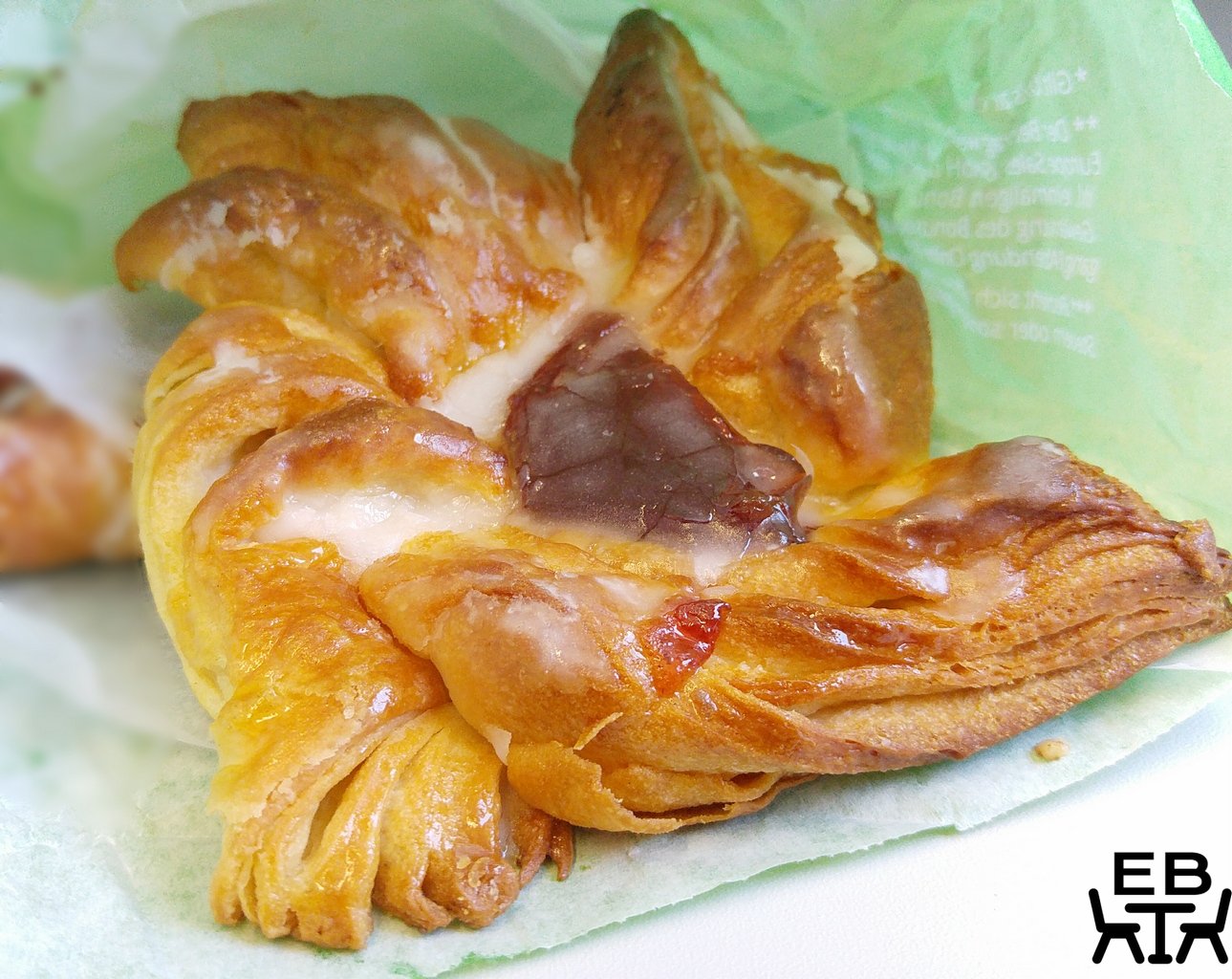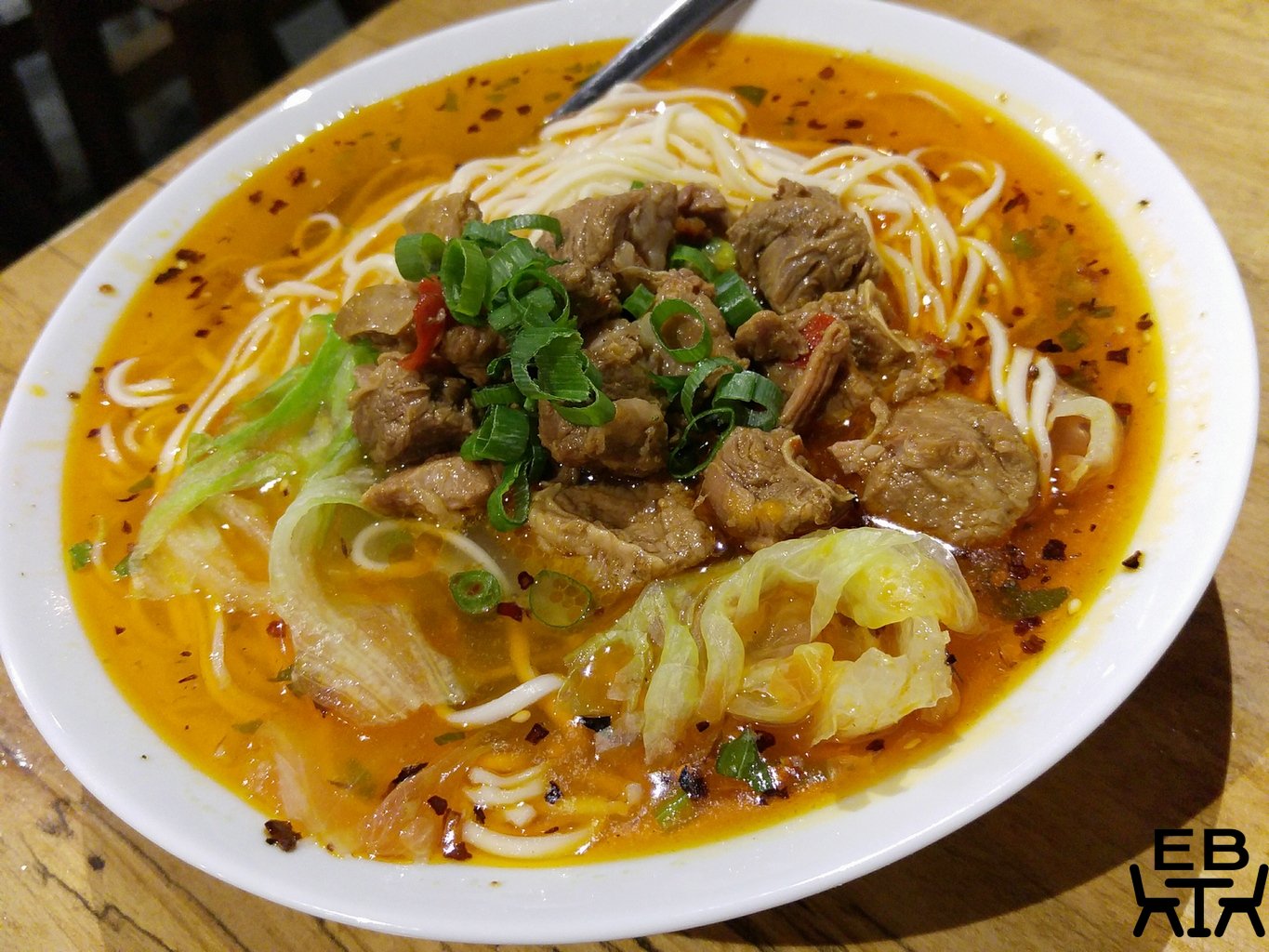Last updated on May 31, 2019
We had heard about Ramen Danbo opening on the Gold Coast, but always found ourselves heading to our long time favourite Muso Ramen whenever we were there. When a Ramen Danbo outlet opened in Brisbane’s South Bank though, that proved easier to get to (eventually).
After a few hours of wandering through the Asia Pacific Triennial exhibit at the Gallery of Modern Art, we decided that it would be an opportune time to visit Ramen Danbo, given that we were already in the vicinity. It turned out to be not too far a walk away. The shop is located away from the busier Grey Street section of South Bank, on the other side of the Brisbane Convention and Exhibition Centre. It is located at the base of the USC South Bank building, the sign somewhat obscured from the road by a tree in front of the building. The line outside clued us in that that was where it was located though.

We joined the queue, demarcated by a pair of belted stanchions along the outside of the eatery. We could see a number of empty seats through the window, but figured that they were probably pacing seating with what the kitchen could put out, so continued to patiently wait our turn. Waitstaff came out and distributed menus along the line, so we could spend the time more productively contemplating what to eat.
The menus consisted of a laminated folder with the food items on the facing pages in the middle. These were organised in a sequential series of five steps: choosing your ramen from among six options, then customising it with noodle firmness, soup richness, and the addition of spicy sauce (that was all the second step), adding a spicy soup base or extra char siew, then adding additional toppings, then adding sides to your order.

The back page of the folder told patrons about the origins of Ramen Danbo, and what is special about the components of the ramen they make. It explains that their signature tonkotsu soup broth is made by boiling their stock at much higher temperatures than typical recipes use, and that it is freshly made on site (although that point seems to be true for all the ramen stores we have been to, so may not be a differentiating factor in itself). It also describes how Ramen Danbo first opened in Fukuoka in 2000 (Fukuoka, or rather Hakata in Fukuoka, being where the best tonkotsu ramen is supposed to be found) and has since opened stores all over Japan. They also mention being voted as number 1 in a competition in 2002..which, while an achievement, is a probably more notable for not having anything more recent to mention, given that it is now 2019.

It was actually not too long a wait in the queue before it came to our turn. You place your order at the counter just at the entrance of the store, and are then allocated seats, and given a table marker to take with you so that your food can find its way to you. It was quite an organised way of doing things, and ensured that seating arrangements were optimised, and that customers didn’t have to wander in and try to figure out where to fit themselves.

It was a compact, but not cramped, space, with a mix of counter seats (though not right up against the kitchen counter), and standard height tables and chairs. The use of light and dark woods in the furnishings and decor, and the design elements of wooden slats and noren curtains did give it the visual cues being a Japanese restaurant. It was well-lighted, modern, and clean. The air conditioning was also conducive to the hot meals being had.

We were assigned to counter seats (comfortably padded), and could see into the stainless steel-paneled kitchen. Off to the side were large pots with pressure-seal lids, likely the key to getting more flavour infused in. It was a tidy, well-orchestrated process, and good ventilation meant that although we were not far away, the cooking smells from the kitchen did not escape into the dining area.
At the table was a box, which held chopsticks, on top of which was an assortment of condiments, sauce dishes, and serviettes. There was a small table near the cashier counter from which you could help yourself to cold water and other condiments not at the table (chilli and garlic). Music played over the speakers at a just-audible volume. Appropriately, it was Japanese music, upbeat but not brash.

We had ordered the Miso Tonkotsu Ramen, the Se-abura Ramen (both with maximum soup richness), and a serving of gyoza.
The gyoza were brought to the table first, served on a rectangular stoneware dish, with a small dollop of yuzu chilli on the side. They had beautifully thin skins, just crisp on one side, where they had been fried in the pan. The meat inside was well-seasoned, juicy, and just that little bit gingery. The yuzu chilli was an addition we had previously only had at Kyoto Gogyo Ramen, and here again, it was a delightful citrussy, spicy, piquant hit. We would have liked more of it, but it might have been too much for those unprepared for the flavours.



The ramen bowls arrived not too long after that. The Miso Ramen came with a couple of slices of char siew and bean sprouts, and a topping of sliced spring onions shoots. The thin noodles (they only do thin noodles, not thick) had been requested firm, and they had a good, springy chew to them. They held the broth well. The broth was runny and soupy, rather than a viscous liquid like Gumshara Ramen serves. Still, it had a good meaty flavour, tempered by lighter miso notes. The char siew slices were thin, and had a sweetness to them. The menu states that they are simmered in a secret yakibuta sauce, which is what imparts the extra flavour. They were certainly among the tastiest char siew we had had in a ramen for some time. They were melt-in-your-mouth tender. The bean sprouts were blanched, rather than boiled down, so they still had some crunch to them, providing some variance in texture.



The Se-abura Ramen was described in the menu as a more flavourful take on their classic ramen. Perhaps we should have looked it up before ordering it, but “se-abura” refers to stewed pork back fat. There are ramen eateries where you can get the back fat added to your ramen as an extra (like Muso and Gumshara), but we had not encountered it listed as a different type of ramen dish in itself before. This had been requested with a little of the Karami-dare spicy sauce, and was served with a dollop of the red sauce atop the char siew slices, and blobs of the back fat floating on the surface on one half of the soup bowl. When mixed together, this had a more savoury, soy flavour. There was some heat from the spicy sauce (those who like it hot can request a lot of the spicy sauce in their order), but not so much that it took over. It was certainly richer and heavier, due to the back fat. There were no bean sprouts in this ramen, which was a shame, because that would have helped to balance the richness.



Overall, we found the ramen at Ramen Danbo not bad. The prices are pretty standard ($15 for each of the ramen bowls we ordered), and though the bowls were a bit smaller than those you get at other ramen shops, we found it adequately filling by the end (although we had ordered the gyoza as well). The gyoza were good, and, as mentioned, the yuzu chilli takes it up a notch. It is worth noting though, that Ramen Danbo is probably not quite as good value as some of the other ramen eateries around, because you get complimentary roasted sesame and kaedama at Genkotsu Ramen and Haktaya, but are charged for these at Ramen Danbo. What you get in your bowl at Ramen Danbo unless you add in extras is also pretty basic in comparison. So, while it is worth a stop if you are in the area, making a trip out of the way specifically for it may be just that little bit much if some of the earlier listed options are closer by.
Scores:
Food: 3/4
Setting: 1.5/2
Service: 1/2
Total: 5.5/8
Value: In comparison to what other ramen eateries here offer, so-so.
Details:
Address: Ground Floor, 52 Merivale Street, South Brisbane
Phone: 07 3844 5365
Website: Ramen Danbo
